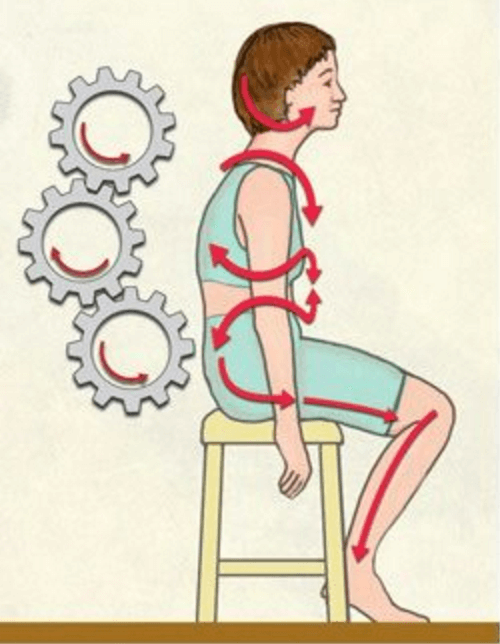
Freeing the Ribs
Treating Kinetic Chain Kinks Recent manual and movement therapy blogs tout the importance of thoracic spine (t-spine) mobility as if it were a new discovery.

Treating Kinetic Chain Kinks Recent manual and movement therapy blogs tout the importance of thoracic spine (t-spine) mobility as if it were a new discovery.

A case of mistaken identity!
A 44-year-old orthopedist, who we’ll call Dr. Smith, was referred to me complaining of eight months of debilitating, self-diagnosed, IT-band friction pain. During his history intake, he admitted suffering sporadic foot, hip and low back soreness but dismissed these issues as “unrelated.”
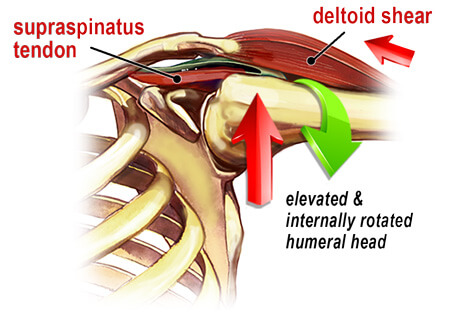
https://vimeo.com/219744041 Ideal shoulder girdle balance requires that some muscles act as stabilizers and others as mobilizers, depending on joint position and movement required for the

From Technique Tour course Treating the TMJ It’s not uncommon to be in the final stages of a history intake when the client casually states,

Peroneal Nerve Mobilization Tightness is one way the brain applies the parking brake when the body’s natural braking systems fail — and pain is another.
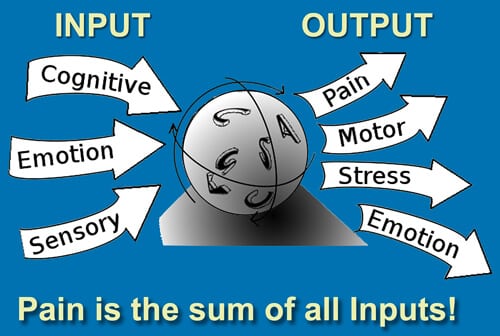
Our brains are very much like sponges. They are malleable and constantly adapting to peripheral input by strengthening existing neural connections and networks, a process called long-term potentiation (LTP).
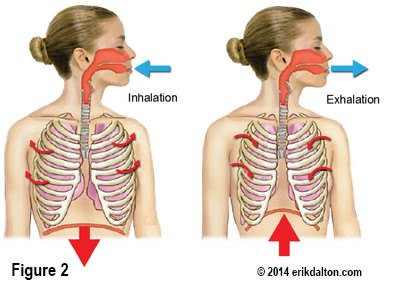
The famed Czech researcher Dr. Karel Lewit states: “Respiration is our primary and most important movement pattern… and also the most dysfunctional.”
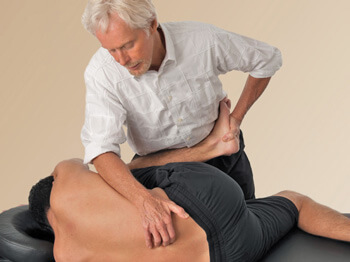
Manual therapists routinely use bones as levers to reduce tension and protective spasm in hypertonic muscles. For example, the femur and humerus are excellent tools for stretching tight hip and shoulder girdle muscles, and we commonly rotate and sidebend a client’s head to relieve neck tension.

A “crick in the neck” is a common complaint among clients seeking manual therapy. This informal umbrella term can refer to symptoms that range from general cervical stiffness to complete immobility and unrelenting pain. When assessing cricks…
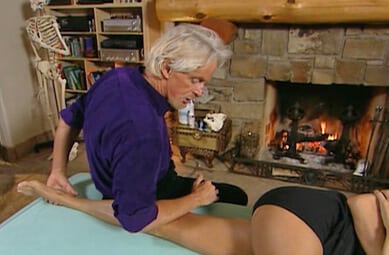
Pelvic floor muscles such as levator ani, coccygeus and obturator internus attach to the front, back and sides of the pelvis and sacrum and form the bottom of the core. These muscles must be able to contract to maintain continence, and to relax allowing for urination and bowel movements, and in women, sexual intercourse.
Free subscription to the Technique Tuesday newsletter. Sign up to receive an in-depth article and technique video in your inbox every Tuesday.
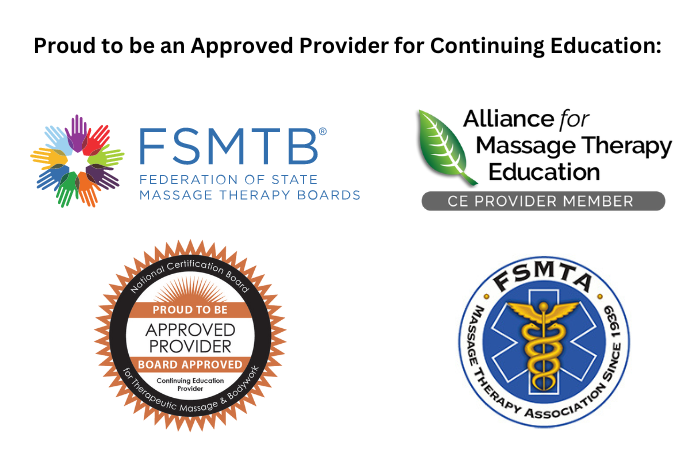
© 2021 Freedom From Pain Institute